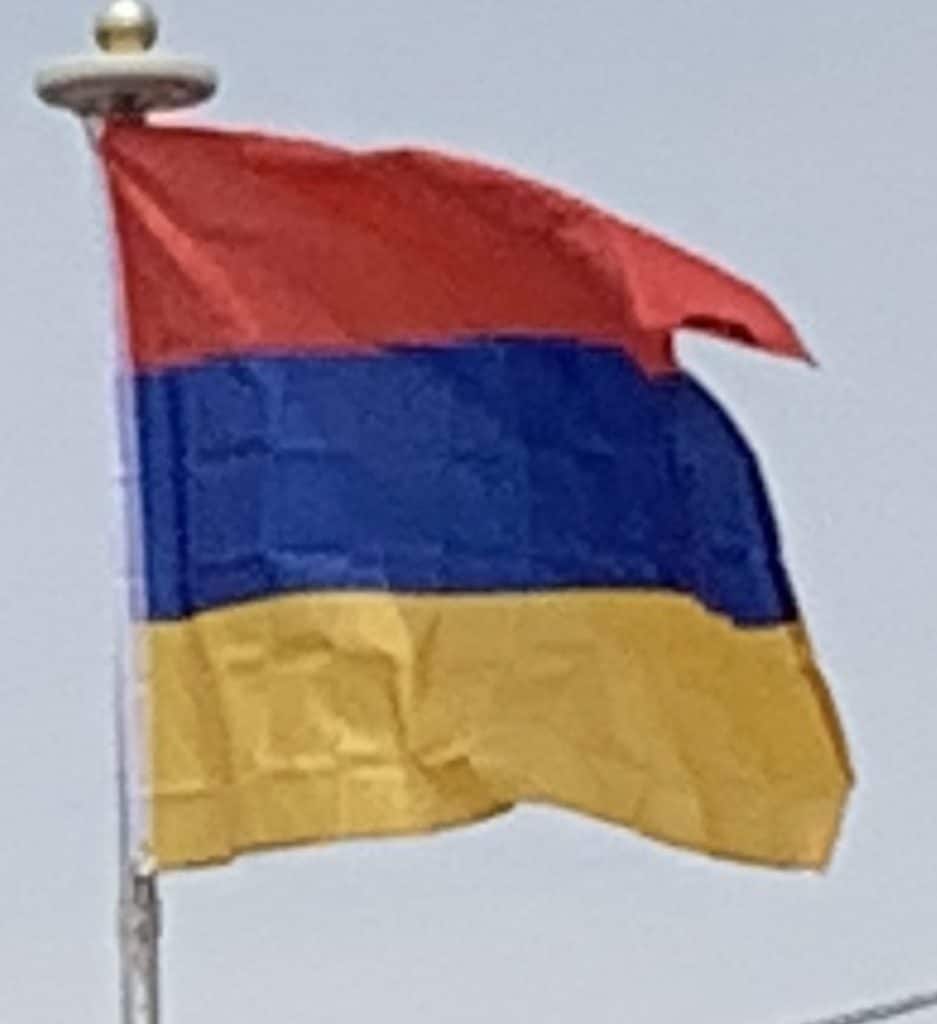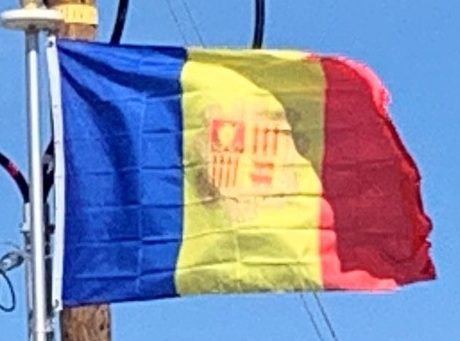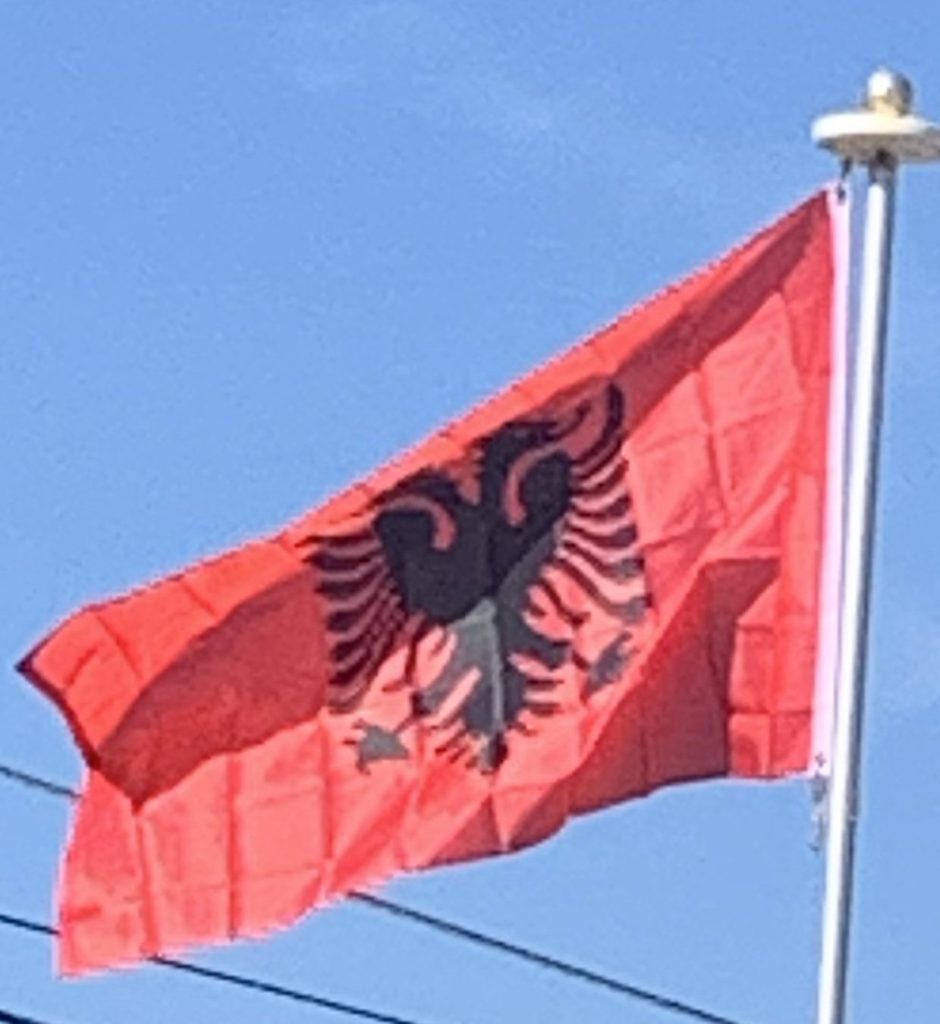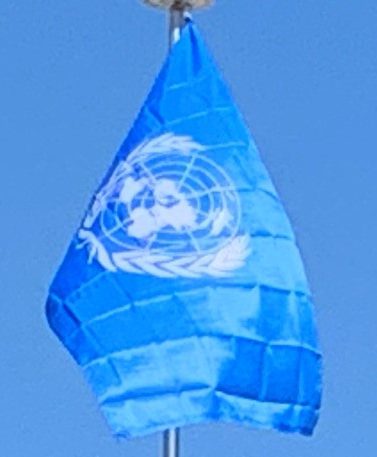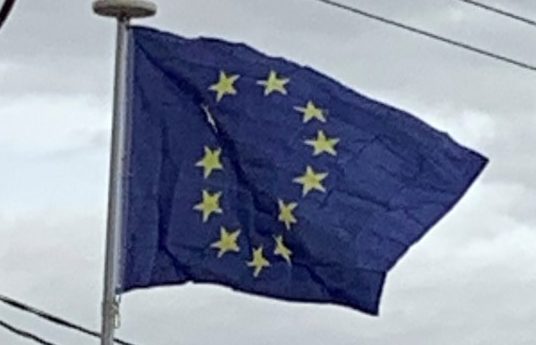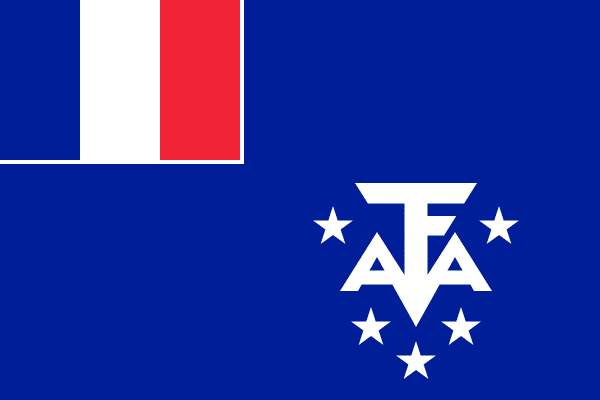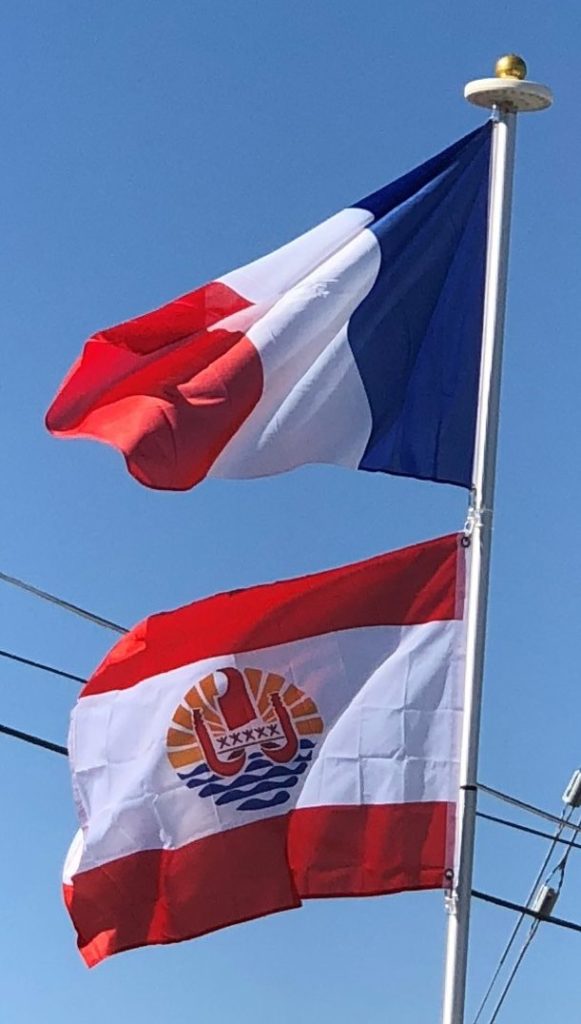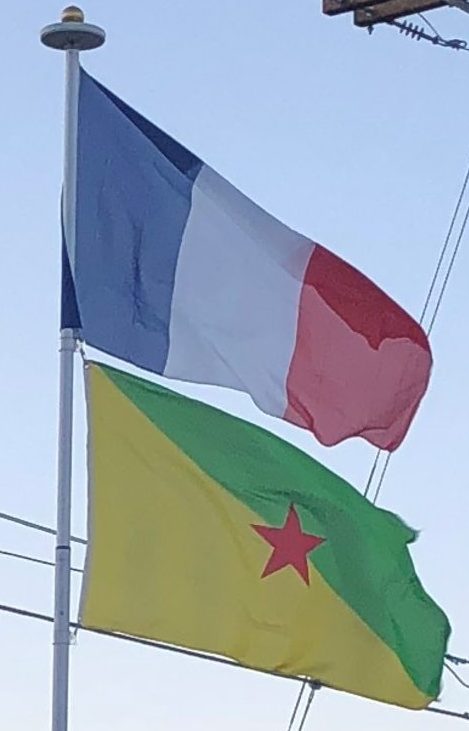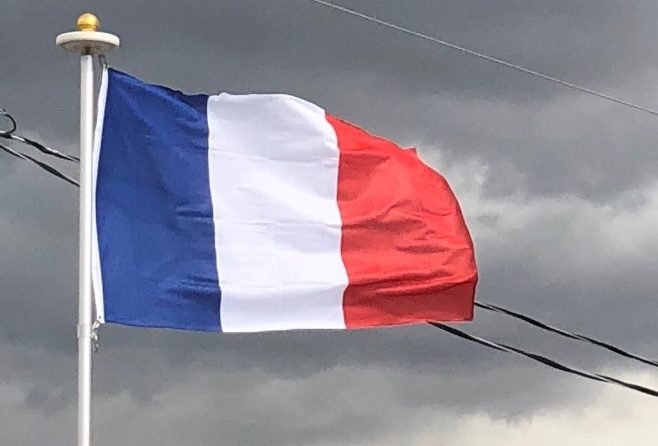Armenia
The national flag of Armenia, the Armenian Tricolour, consists of three horizontal bands of equal width, red on the top, blue in the middle, and orange (also described as “colour of apricot”) on the bottom. The Armenian Supreme Soviet adopted the current flag on 24 August 1990. On 15 June 2006, the Law on the National Flag of Armenia, governing its usage, was passed by the National Assembly of Armenia.
Throughout history, there have been many variations of the Armenian flag. In ancient times, Armenian dynasties were represented by different symbolic animals displayed on their flags. In the twentieth century, various Soviet flags represented the Armenian SSR.
The meanings of the colors are interpreted in many different ways. For example, red stands for the blood of the 1.5 million Armenians killed in the Armenian Genocide, blue is for the Armenian pure sky, and orange represents the country’s courage.
The official definition of the colors, as stated in the Constitution of the Republic of Armenia, is:
The red emblematizes the Armenian Highland, the Armenian people’s continued struggle for survival, maintenance of the Christian faith, Armenia’s independence and freedom. The blue emblematizes the will of the people of Armenia to live beneath peaceful skies. The orange emblematizes the creative talent and hard-working nature of the people of Armenia.
Today’s tricolor flag bears little resemblance to the earliest Armenian ‘flags’. In ancient times, armies went into battle behind carvings mounted on poles. The carvings might represent a dragon, an eagle, a lion or “some mysterious object of the gods”. With the advent of Christianity, the Armenian empire adopted many different flags representing various dynasties. The Artaxiad Dynasty’s flag, for instance, consisted of a red cloth displaying two eagles gazing at each other, separated by a flower.
